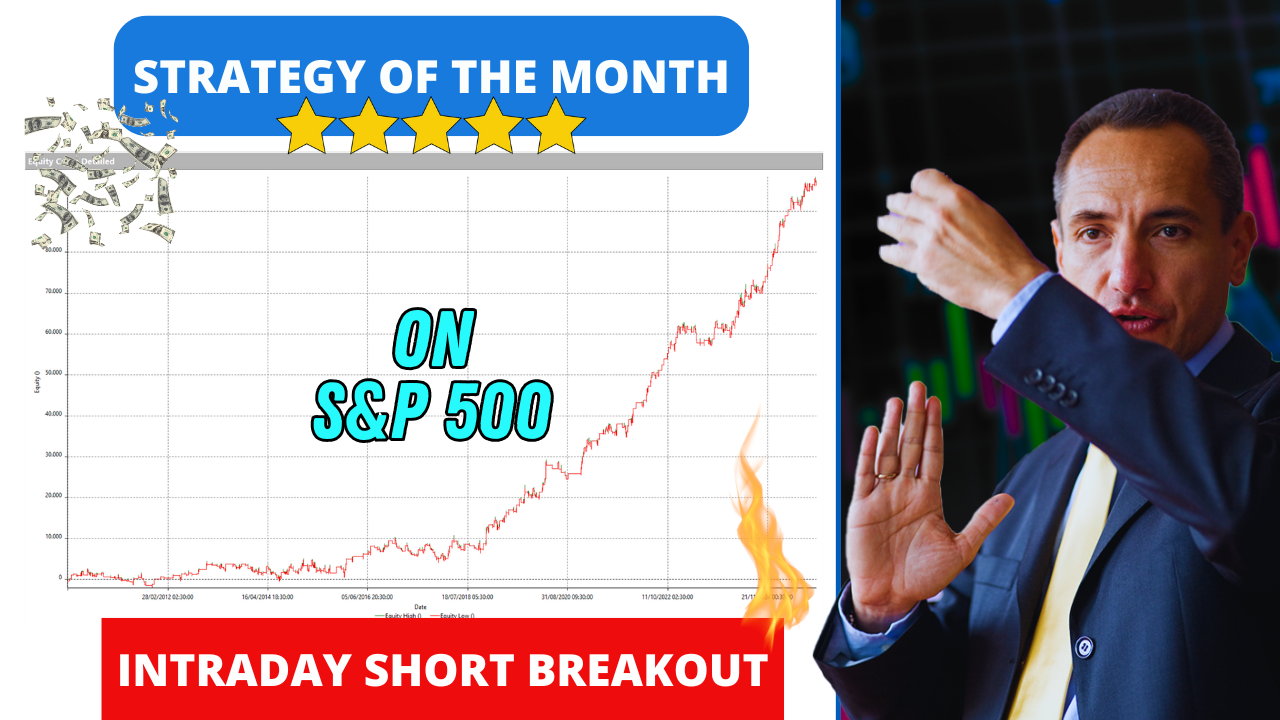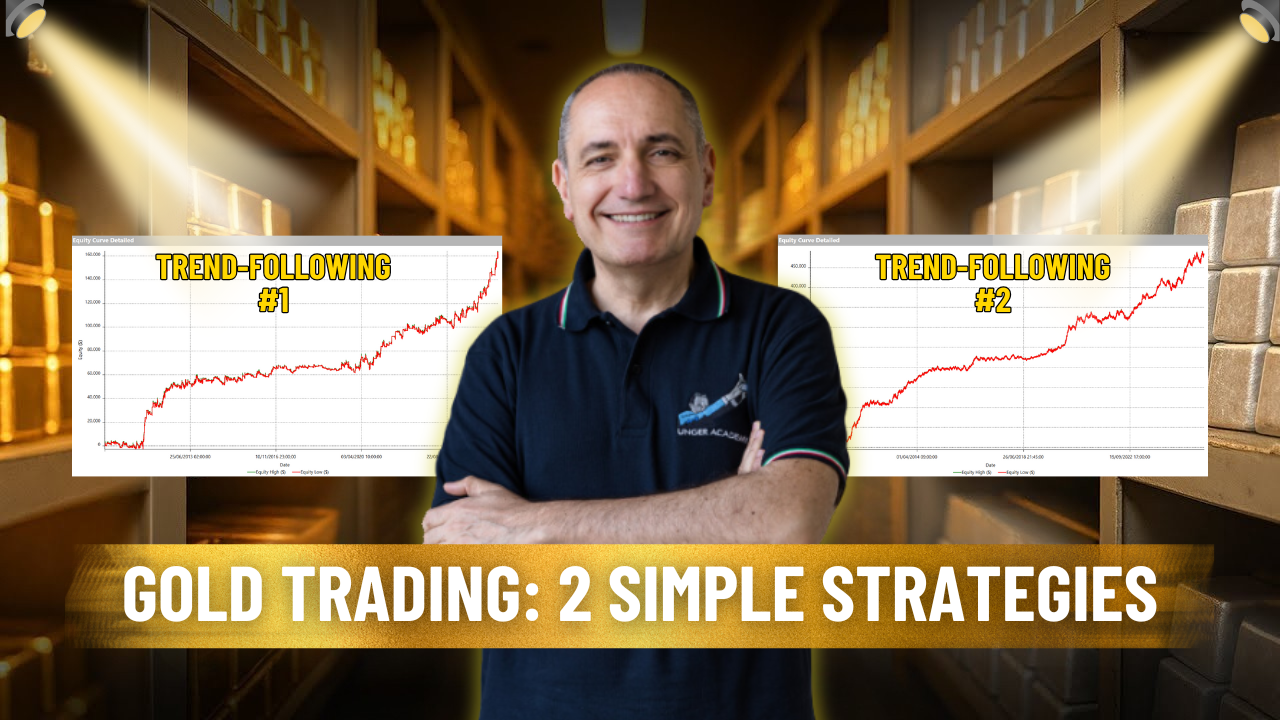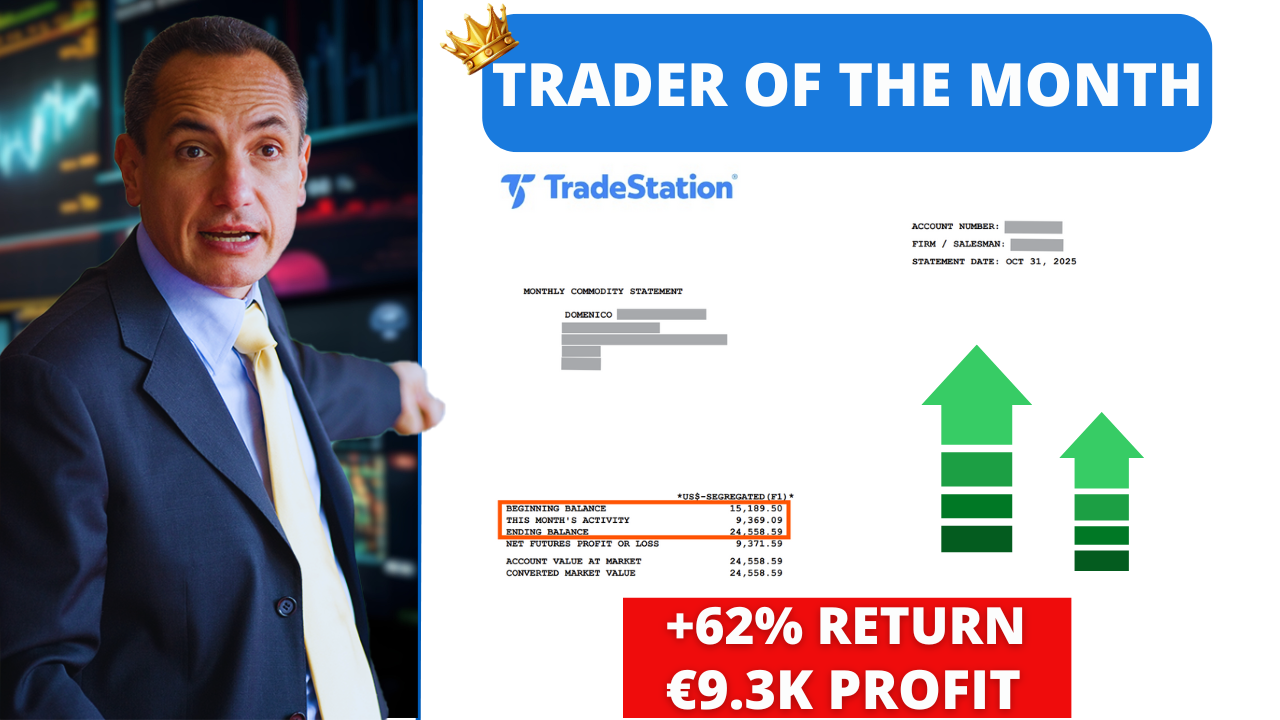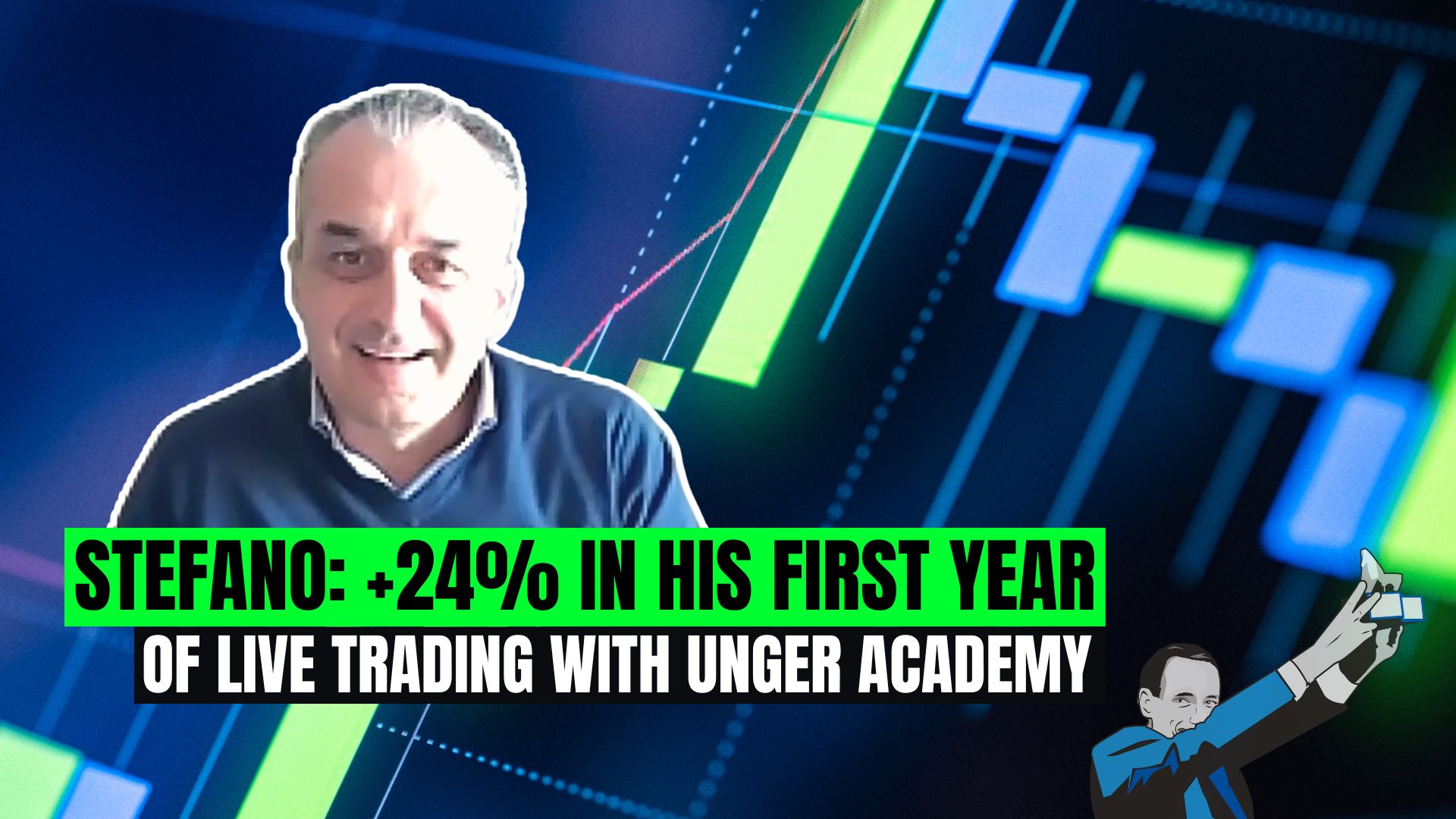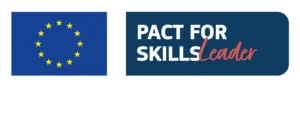Hi guys, hi from Andrea Unger.
Here we go.
We have spoken about volatility and our expert, Francesco Placci, presented his approach.
We started from some requests that came about selling options in a high volatility situation like we currently are and then we showed how we ended up in trading volatility itself, and Francesco showed us how he did this.
This was interesting, but somebody is still sitting there with doubt about options.
Yes, I like that, bad what about options?
So obviously Francesco is also an expert about options, so he can tell us something.
Some time ago we presented one of our learning paths about a strategy in options, that was mainly intended to control risk as usual.
So my question is: how was it in this period?
So you must know that a strategy is always composed of a set of rules, and inside these rules, there are filters, filters which are rules as well.
So you don’t have only rules as to when to enter, why to enter, but you will also have rules about why NOT to enter the market.
This is exactly what Francesco this time is invited from me to talk about.
He will show you how a filter helps in this situation and what differences would have been between a strategy without that filter and the same strategy completed with that filter.
He will also explain in detail what the filter looks like and how to use it.
So I leave it up to Francesco to explain it and we meet right after Francesco’s explanation.
Go Francesco, go!
Hi guys, I’m Francesco Placci, I deal with the research and development of systematic trading strategies for the Unger Academy, with a particular focus on options and volatility and today we are going to talk about both.
Iron Shark Options Strategy and IVTS filter
Due to the decline in the markets and the explosion of volatility we are experiencing, we received requests regarding the performances of our option strategies and in particular on the Iron Shark strategy on which we have carried out a trading path.
It is a delta-neutral strategy, which tries to sell premium in a protected manner and to earn from the passage of time.
I take this opportunity to tell you about an indicator that I have been using for years, to avoid trading in the most turbulent phases of the market.
I called this indicator IVTS, which means implied volatility term structure, as you have probably guessed, its purpose is to monitor the volatility term structure.
It is a very simple indicator given by the ratio between the VIX and the VIX 3-months.
When do I use the IVTS filter?
Each time this indicator returns a value greater than 1, means that the volatility term structure is in backwardation.
I basically use this indicator to stop trading options whenever its value is greater than 1.1.
We know that for 80% of the time volatility is in contango, it is its natural state and when backwardation reaches high values, it is a warning sign.
Based on my experience, in the event of a strong backwardation, it is better to suspend any type of option selling activity or at least reduce it considerably.
If you want to monitor this indicator it is quite simple to build it in Multicharts or it is possible through the VIX Central website.
Here we see all the VIX futures, the volatility term structure of the VIX futures, and here we have the VIX index.
As you can see the ratio between VIX and the VIX 3 months is already calculated and at the moment is 1.086 (3/31/2020), so now we are below the value of 1.1 which is the trigger to stop trading.
To demonstrate the effectiveness of this filter, I’m going to show you the backtest of the last 2 months of the Iron Shark strategy with and without the use of the IVTS filter.
Did the Iron Shark Strategy work in the past years?
First, we can see the historical backtests of the Iron Strategy from 2010 until February 2018.
This one is the historical backtest, we see a very regular equity line, this one is the net profit of one strategy and we can also see a very small drawdown.
Now we can see the out-of-sample backtest that runs from February 2018 to the end of 2019, this one.
This drawdown occurred during the market crash from October to December 2018, which was recovered during 2019.
What about the last 2 months? With and without the IVTS filter
And finally, this is the backtest of the strategy during the last month from the end of January 2020 until today (3/31/2020).
This is the performance of the strategy without using the IVTS filter, obviously, the strategy suffered a drawdown due to the collapse of the market.
The Iron Shark is a delta-neutral and Vega negative strategy, so it is quite normal that it may have losses during such a strong market directional movement and during an explosion of volatility, but as you can see, with a few trades, it has been able to recover the drawdown.
Let’s see now, the performance of the strategy using the IVTS filter.
Here we are, basically, the strategy stopped trading in the negative market phase and then resumed the trading when it was more appropriate.
The Iron Shark strategy made $9,000 in the past two months and I think this is a remarkable achievement if we consider what happened in the markets.
Let’s take a look at the IVTS filter again.
We stopped all trading activities from February 25th until March 17th, then it resumed the trading for 4 days and finally stopped trading again.
My personal advice
Over the years I performed many backtests also on other options strategies and I can confirm that, although it is not a perfect filter, it has good effectiveness.
Sometimes there may be false signals, but its real value is its ability to keep us out of the market during the most important drawdowns.
So to make a long story short, my advice for those of you who work with options is to deepen this aspect, study and test this filter and try to use it for your options strategies.
Personally, it has been very useful to me during these years and I think it can be useful to you too.
I hope you enjoyed this video and see you next time, ciao!
Andrea’s thoughts on it
So guys, that was it.
As always, Francesco makes simple what might be complex, he’s a great educator, in my opinion.
You’ve seen how a filter can be effective and, as I said, a filter is really part of a strategy.
If you want to learn more about the strategy itself, the Iron Shark program, you can click on the link below and you will get some more information.
That is one of the programs that you can find in the Unger Academy and you’ve seen a part of it.
There are many other aspects which make it important and really interesting especially in this period.
I mean, you have seen the equity line throughout the time that is always really promising.
In any case, whatever you are interested in, keep following us here on the Unger Academy Channel, you can subscribe so that you know immediately when something new is coming out and I can only say you ciao.
See you next time, see you next week, ciao!

